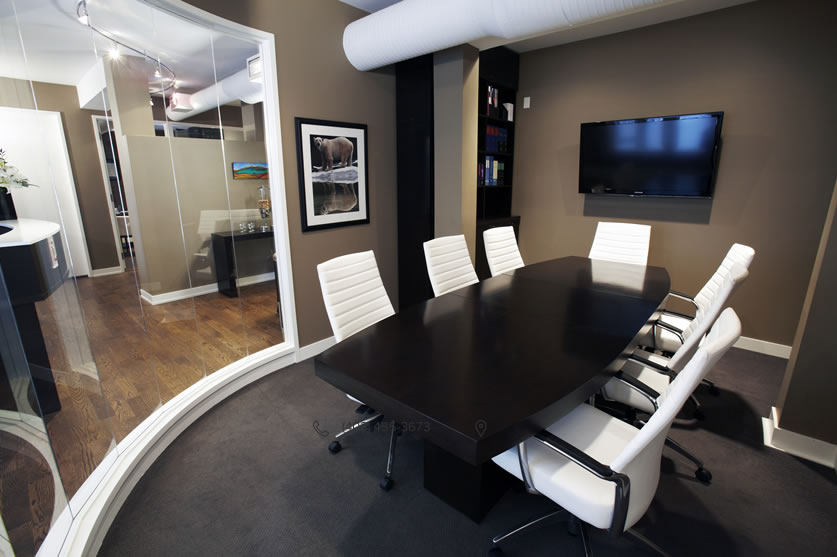
(403) 455-3673 Suite 102, 620 - 12th Avenue SW, Calgary, Alberta T2R 0H5
Lorraine Building
The Lorraine Building is a beautifully restored example of the Beaux-Arts style of architecture and boasts a striking brick exterior with extensive terra cotta detailing. Originating in France, Beaux-Arts brought together Classical, Renaissance and Baroque design elements. It was an architectural style used in the design of a number of prominent public buildings in Canada in the early 20th century, including the legislative buildings in all three Prairie Provinces.
Built in the heart of Calgary’s residential estate district in 1913, the Lorraine was originally a four-storey apartment building and home to some of Calgary’s most influential residents, including Robert C. Marshall, one of Alberta’s pioneering politicians who served as Calgary’s mayor from 1919 to 1921. Evelyn Albright, the second female lawyer in Alberta, also resided in the building during the early years of the First World War. Located in an exclusive neighbourhood, the Lorraine’s neighbours included Senator James Lougheed, Senator Patrick Burns and Calgary entrepreneur and philanthropist, William Roper Hull.
The Lorraine served as an apartment building until January 1998, when it was damaged by a disastrous fire. Due to its historical significance to the city, the Lorraine was purchased by the Heritage Property Corporation and fully restored as Class A commercial building. In 2002, the Lorraine was designated a Provincial Historic Resource.
Today, the Lorraine is home to several businesses, including Rana Law. We are proud to be part of this historic Calgary institution.
For more information see the following:
Canada’s Historic Places
Marine Building
The historic Marine Building opened its doors in 1930, for a time occupying the title of the tallest building in the British Empire. It remained the tallest building in Vancouver until 1967. Renowned for its unique Art Deco details, the building’s design was intended to evoke a “great crag rising from the sea, clinging with sea flora and fauna, tinted in sea-green, touched with gold” according to its architects, McCarter and Nairne.
Rana Law’s Vancouver office occupies the 3-storey penthouse of the Marine Building and features a wraparound terrace originally intended to be an observation deck for the public. The 25-cent admission fee for the observation deck proved too expensive at the onset of the Great Depression, and with the building completing at $1.1 million over-budget, its owners had no choice but to sell it for a fraction of the price. The penthouse and its observation deck were subsequently converted into an apartment for A.J.T. Taylor, who ran the British Pacific Building Co., the Marine Building’s new owner, and his family. With the conversion of the observation tower into his personal residence, Taylor installed two lion sculptures on the terrace—small replicas of the lion statues at the entrance to the Lion’s Gate Bridge, a construction project in which he was involved. After serving as a private apartment for a number of years, the penthouse was converted into office space in 1947 by the Spencer department store family.
Rana Law moved into the Marine Building penthouse in 2015, renovating the unique space to reflect its Art Deco origins.
For more information see the following:
Monte Cristo Magazine
Vancouver History

(604) 620-1645 Suite 2000, 355 Burrard Street, Vancouver, BC V6C 2G8
Rana Law moved into the Marine Building penthouse in 2015, renovating the unique space to reflect its Art Deco origins.
For more information see the following:
Monte Cristo Magazine
Vancouver History



